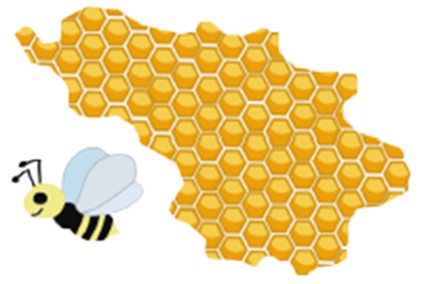Comparison of Popular Races of Bees and their Traits
| Italian # | German | Carniolan # | Buckfast | Caucasian | Russian # | |
| Color | Light | Dark | Black | Medium | Dark | Gray |
| Disease/Pest resistance | ||||||
| -Varroa | – | – | – | – | – | + |
| – Tracheal | – | – | – | – | – | + |
| -AFB* | 0 | 0 | 0 | 0 | 0 | 0 |
| -EFB** | 0 | 0 | 0 | 0 | 0 | 0 |
| – Other | 0 | 0 | 0 | 0 | 0 | 0 |
| Gentleness | Moderate | Low | High | low-Moderate | High | low-Moderate |
| Spring Buildup | Good | Low | Very good | Low | Very Low | Okay |
| Overwintering | Good | Very good | Good | Good | Okan | Very Good |
| Excess swarming | Okay | Okay | High | Low | Low | Okay |
| Honey Production | Very kgood | Okay | Good | Good | Low | Okay |
| Propolis | Low | Okay | Low | Low | High | Okay |
| Other Traits | Heavy Robbing | Short tongue, white cappings | Low robbing, good comb builders | Supersedure queens produce defensive hives | Long tongue | Brood rearing affected by nectar flow, queen cells always present |
| * AFB= American foulbrood | ||||||
**EFB= European foulbrood # Most common races in the US | ||||||
Italian Honey Bee (Apis mellifera ligustica)
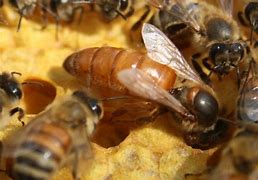
The Italian honey bee is the most popular bee in North American. These, as all of the commercial bees, are gentle and good producers. They use less propolis than some of the darker bees. They usually have bands on their abdomen of brown to yellow color. Their biggest weakness is that they are prone to rob and drift.
Starline (Not available)
Not Available.
The Starline is a hybrid Italians. Two strains of Italians are kept separate and their hybrid is what the Starline queen is. They are very prolific and productive, but subsequent queens (supersedures, emergency and swarms) are disappointing. If you buy Starlines every year to requeen they will give you very good service.
Cordovan (Not available)
Not Available.
The Cordovan is a subset of the Italians. In theory you could have a Cordovan in any breed, since it’s technically just a color, but the ones for sale in North American that I’ve seen are all Italians. They are slightly more gentle, slightly more likely to rob and quite striking to look at. They have no black on them and look very yellow at first sight. Looking closely you see that where the Italians normally have black legs and head, they have a purplish brown legs and head.
Caucasian (Apis mellifera caucasica)
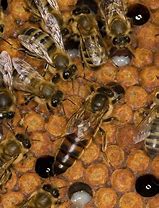
The Caucasians are a silver gray to dark brown color. They do propolis excessively. It is a sticky propolis rather than a hard propolis. They build up a little slower in the spring than the Italians. They are reputed to be more gentle than the Italians. Less prone to robbing. In theory they are less productive than Italians. I think on the average they are about the same productivity as the Italians, but since they rob less you get less of the really booming hives that have robbed out all their neighbors. They are fond of propolis and often coat everything in a sticky kind of propolis, like fly paper.
Carniolan (Apis mellifera carnica)
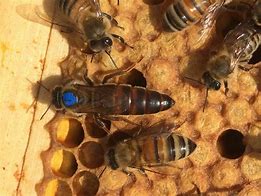
The Carniolans are darker brown to black. They fly in slightly cooler weather and in theory are better in northern climates. They are reputed by some to be less productive than Italians, but I have not had that experience. The ones I have had were very productive and very frugal for the winter. They winter in small clusters and shut down brood rearing when there are dearths.
Buckfast
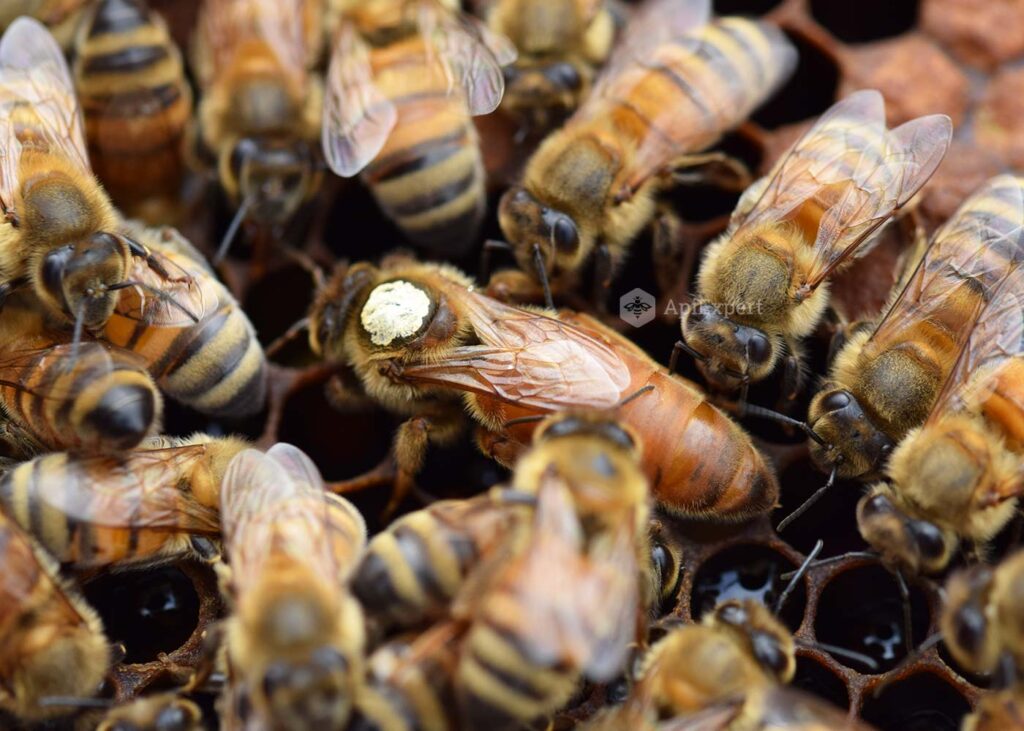
The Buckfast are a mixture of bees developed by Brother Adam of Buckfast Abbey. I had them for years. They were gentle. They built up rapidly in the spring, produced awesome crops and dropped back in population in the fall. They are just like the Italians as far as robbing. They are resistant to the tracheal mites. They are more frugal than the Italians, but not as much as the Carniolans.
Russian
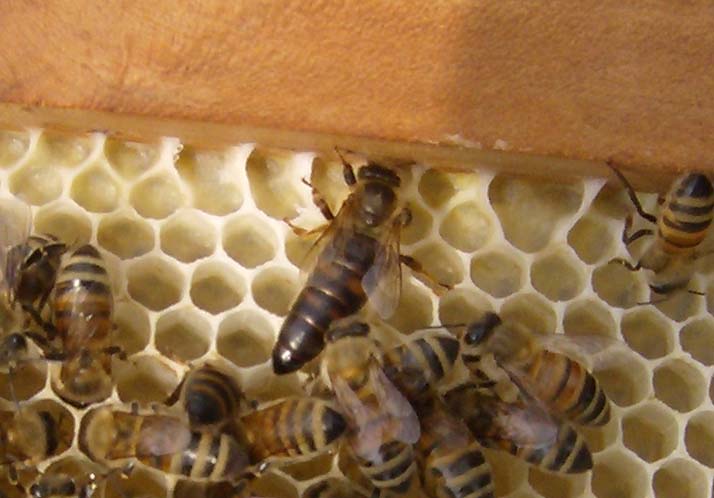
Apis mellifera caucasica, Apis mellifera acervorum or Apis mellifera carpatica. Not sure of the exact variety here in the US. They came from the Primorsky region. They were used for breeding mite resistance because they were already surviving the mites. They are a bit defensive, but in odd ways. They tend to head butt a lot while not stinging any more. They are watchful guards, but not "runny" (tending to run around on the comb where you can’t find the queen or work with them well). Swarminess and productivity are a bit more unpredictable. Traits are not well fixed. Frugality is similar to the Carniolans. They were brought to the USA by the USDA in June of 1997, studied on an island in Louisiana and then field testing in other states in 1999. They went on sale to the general public in 2000.
German or English native bees (Apis mellifera mellifera)
Not Available
These are the bees native to England or Germany. They have some of the characteristics of the other dark bees. They do well in damp cold climates. They tend toward being runny (excitable on the combs) and a bit swarmy, but also seem to be well adapted to Northern climates.
LUS
Not Available
Small black bees similar to Carniolans or Italians in production and temperament but have mite resistance and have the ability of a laying worker to raise a new queen. This ability is called Thelytoky.
Africanized Honey Bees (AHB)(Apis mellifera scutelata ??)
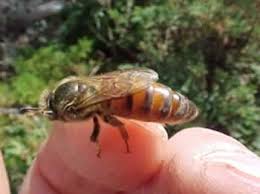
They used to be called Adansonii, at least that’s what Dr. Kerr, who bred them, thought they were. AHB are a mixture of African (Scutelata) and Italian bees. They were created in an attempt to increase production of bees. The USDA bred these at Baton Rouge from July 1942 until 1961. They shipped queens to the continental US at about 1500 queens a year from July 1949 until July of 1961. They were raised in testing labs in Laramie WY, Ontario Canada and Madison, WI. The Brazilians also were experimenting with them and the migration of those bees has been followed in the news for some time. They are extremely productive bees that are extremely defensive. If you have a hive hot enough that you think they are AHB you need to requeen them. Having angry bees where they might hurt people is irresponsible. You should try to requeen them so no one (including you) gets hurt.
For more information: The African (Brazilian) Bee Problem
